Text
Nymphatelina gravida
thanks for everyone who stopped by on another one of my impromptu art streams!
that night i drew two Nymphatelina gravida as viewed from a microscope

135 notes
·
View notes
Text

Tumblr is going to sell us out to AI companies. They have been forced to add an opt out button. Make sure your privacy settings are correct.
730 notes
·
View notes
Text
Here's the little 3D animation project I've been working on! Featuring some ancient cephalopods from the Silurian period. Octameroceras and Dawsonoceras.
The full video is on youtube!
youtube
#paleoart#nautiloid#blender3d#orthoceras#silurian#dawsonoceras#cephalopod#oncocerida#octameroceras#oncocerid#Youtube
153 notes
·
View notes
Text
He moves
#paleo art#paleoart#dawsonoceras#orthoceras#cephalopod#ocean#Nautiloid#palaeoblr#animation#animation 3d#3d animation#Spotify
101 notes
·
View notes
Text

Doodlin
899 notes
·
View notes
Text


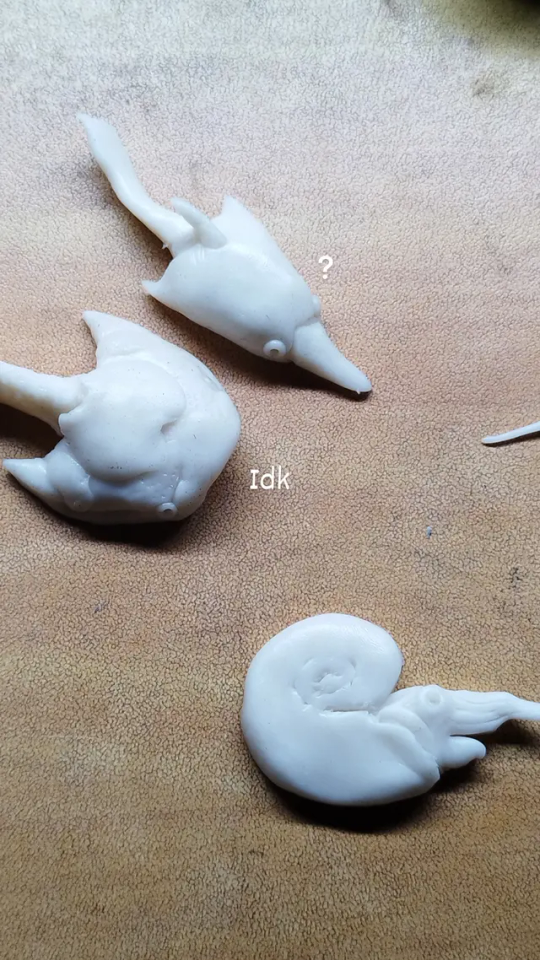
Some clay El wiwis
171 notes
·
View notes
Text
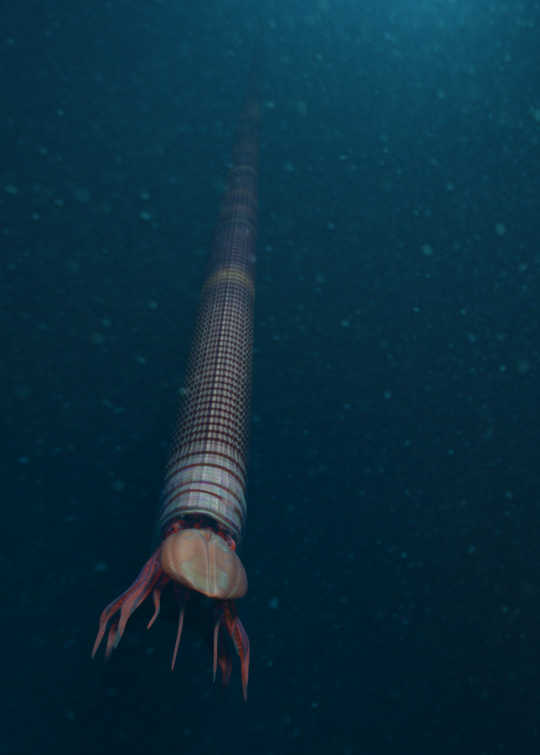
Dawsonoceras is another cephalopod that swam the waters of Sillurian Gotland. They are an orthoceratid straight-shelled nautilid that floated in a vertical position on the water collumn.
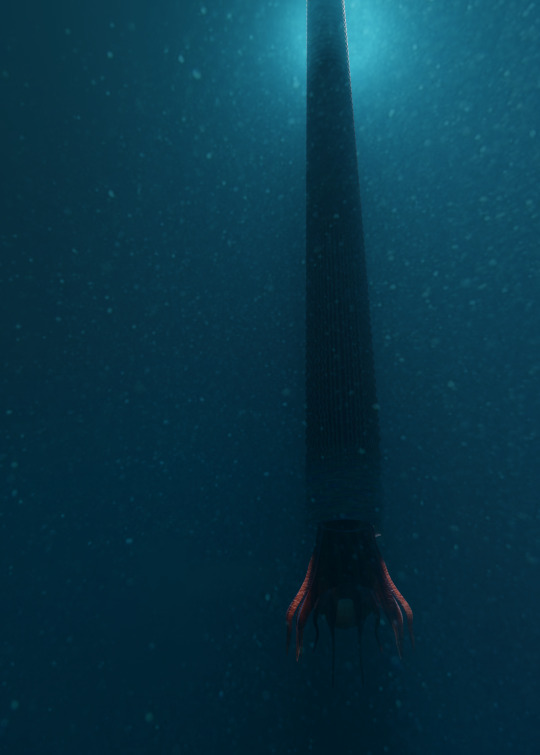
Although they are far smaller than some of the other orthocones and endoceratids that reached lengths of up to 5 meters, their shell is just as beautiful to behold.
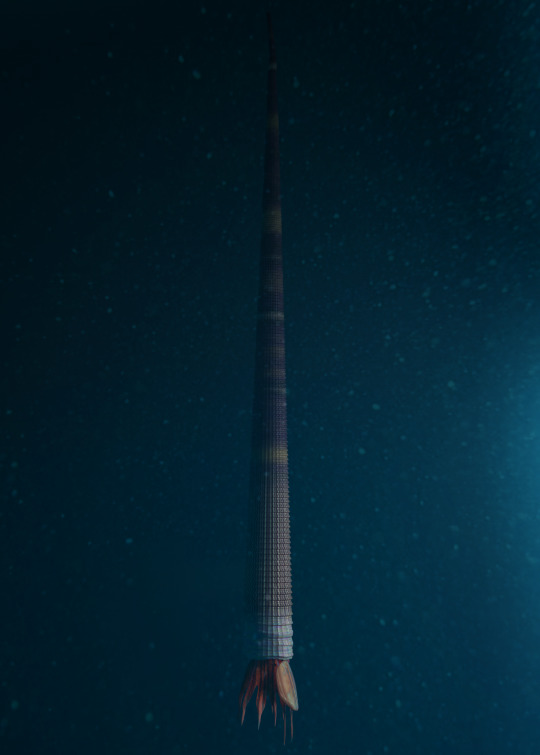
Kröger, B. (2013). The cephalopods of the Boda Limestone, Late Ordovician, of Dalarna, Sweden. European Journal of Taxonomy, (41).
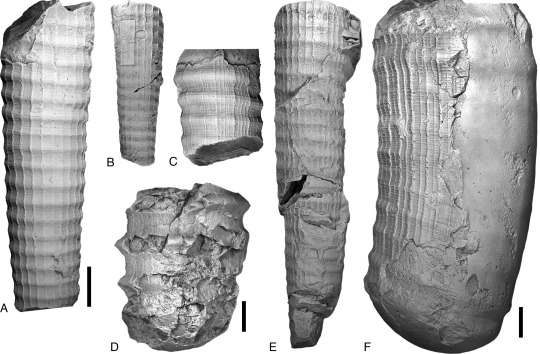
Above specimens A,B, & E are dawsonoceratids, Scale bars: 10 mm.
From what I can gather, their adult shell diameter reaches 2.5 cm wide and it's hard to guess the total length because a lot of the shells are fragmentary. There seems to be one complete specimen online that was described to be 7.1" inches long
And another here that's 40 cm long, although it's an ID-guess from the blog poster
#paleoart#palaeoblr#paleontology#cephalopod#blender#blender3d#3d model#3d art#3d modelling#3d#orthocone#dawsonoceras#silurian#gotland
512 notes
·
View notes
Text
Pahvantia
Pahvantia! because im tryna crack down on learning radiodont anatomy currently, literal bobblehead shrimp
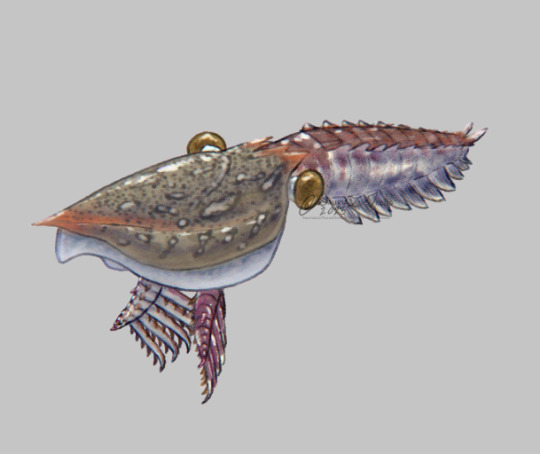
271 notes
·
View notes
Text


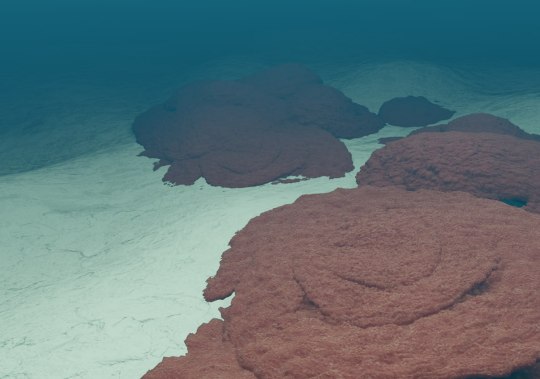

Researching the environment the Oncocerids lived in, some of the silurian reefs in Gotland, Sweden were primarily comprised of Stromatoporoid sponges.
These were sponges that grew in layers encrusting on rocks, sediments, each other. Creating a reef over time
The ones depicted here are new budding reefs, relatively empty, growing atop a sediment of crinoid fragments
Older reefs would have shared their space with tangles of camerate crinoids, which at the time were abundant and were found to be the most numerous at the reef flanks
(something I will get to modelling after this and I dread it)
#paleoart#paleo art#palaeoblr#paleontology#silurian#stromatoporoid#sponges#ocean#blender3d#blender#palaeozoic
419 notes
·
View notes
Text
Another bibby
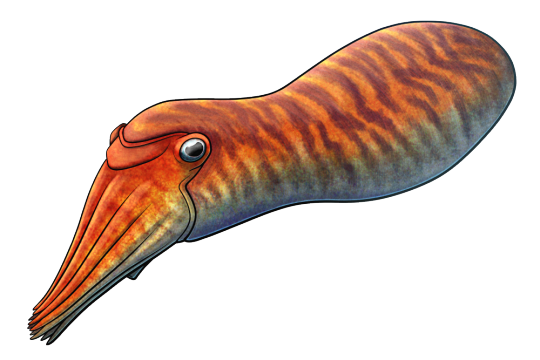
Although the only nautiloids living today have characteristic tightly coiled shells, earlier in their evolutionary history these cephalopods were much more diverse.
And Glossoceras gracile here is an example of one of the more unusual groups of nautloids: the ascocerids.
Living during the Late Silurian, about 422 million years ago, in wheat is now Gotland, Sweden, Glossoceras was only around 5cm long as an adult (~2"). Like other ascocerids it started out its life looking like a fairly standard early nautiloid, with a long straight shell that curved slightly upwards, but as it approached maturity things got weird – the front part of the shell grew out into a much more bulbous flask-like shape, and the old juvenile section broke off entirely.
The gas-filled buoyancy chambers of its adult shell were positioned directly above its body chamber rather than behind like in other nautiloids, giving it very good stability in the water. The shell walls were also very thin and lightweight, which would have made it a much more maneuverable swimmer.
———
NixIllustration.com | Tumblr | Patreon
437 notes
·
View notes
Text

This floating alien egg is Octameroceras, they're part of a group of cephalopods called Oncocerids which diverged earlier than the nautiloids and ammonites.
As they reach maturity, their shell opening, the aperture closes in on their face creating these Giger-esque shapes, and we can only speculate what bizarre mangled forms the creature peeping through that opening would have.

[image credit: Stridsberg, S. 1 985 05 09: Silurian oncocerid cephalopods from Gotland. Fossils and Strata, N o. 1 8, pp. 1-65. Oslo ISSN 0300- 9491. ISBN 82- 00- 07575-3.]
#art#paleoart#paleo art#palaeoblr#paleontology#cephalopod#Oncocerid#Oncocerida#octameroceras#Palaeozoic#blender3d#blender#3d model#animation 3d#animation#sea creatures
2K notes
·
View notes
Text

Spotted some Meganeuras on my last trip
425 notes
·
View notes
Text
Scalacurvichthys naishi
Scalacurvichthys is a genus of pycnodontid fish from Palestine. I felt like drawing a cool fish, and also because science is in no way apolitical.
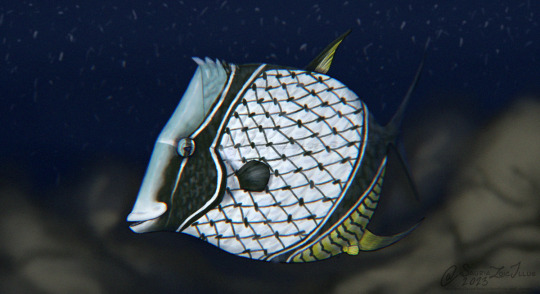
504 notes
·
View notes
Text
Well hello there... just a chonky Cadoceras ammonite passing by
#art#digital art#paleoart#paleo art#paleontology#palaeoblr#cephalopod#ammonite#cadoceras#blender3d#3d animation#animation#animation 3d
915 notes
·
View notes
Text
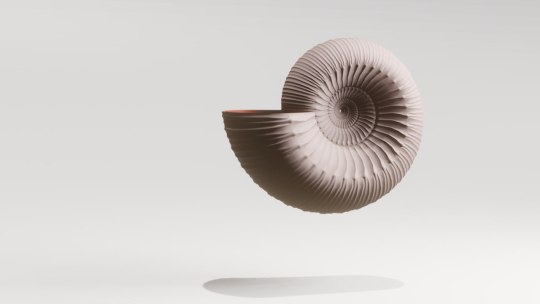

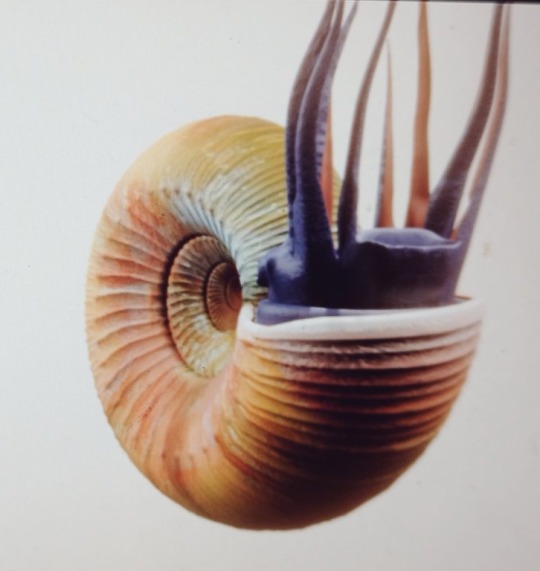

This has taken up a month of my life
165 notes
·
View notes

